Home>Interior Design>Textured Wall Ideas: 13 Surfaces To Reach Out And Touch
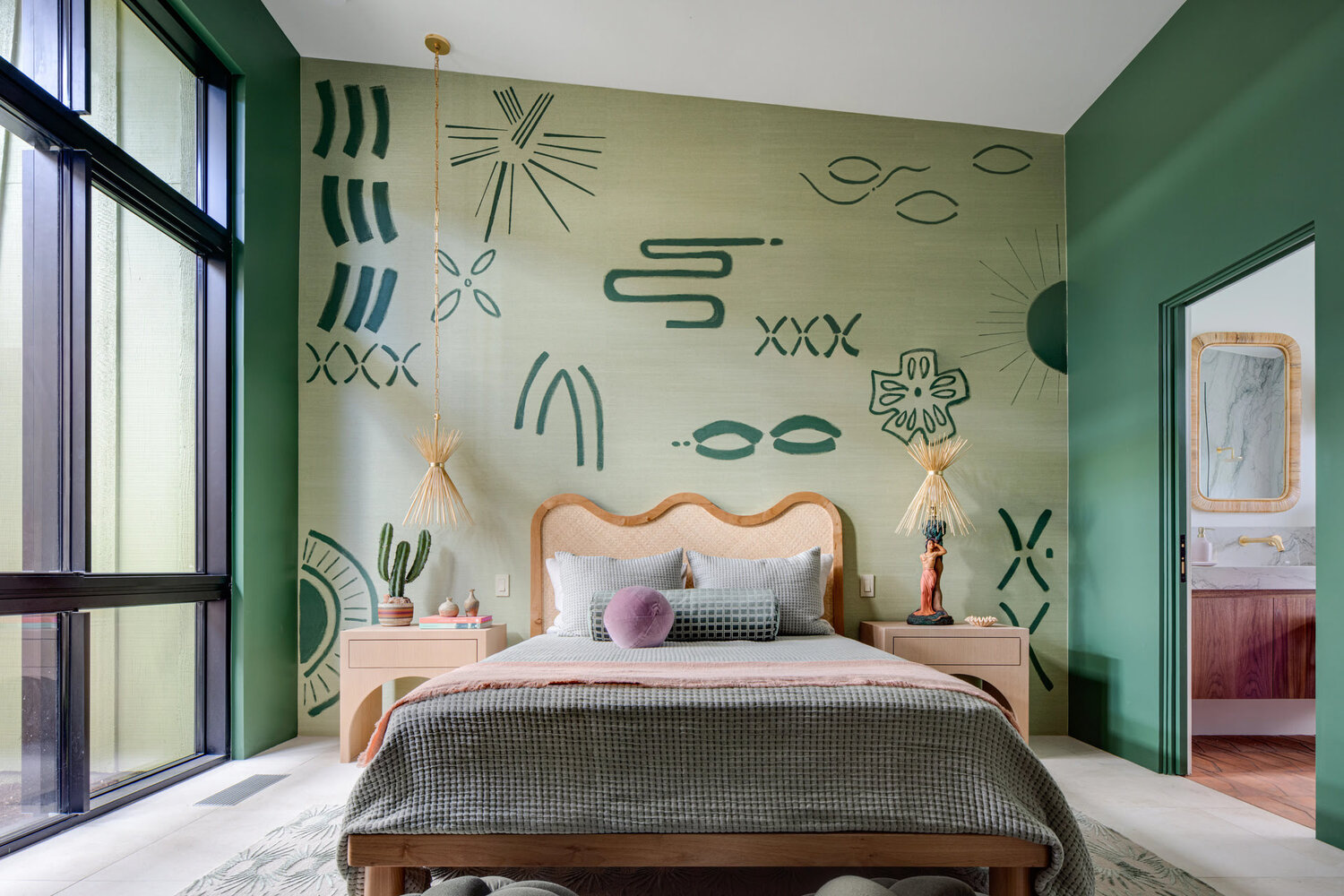

Interior Design
Textured Wall Ideas: 13 Surfaces To Reach Out And Touch
Modified: May 6, 2024
Discover creative and tactile textured wall ideas for your interior design project. Explore 13 captivating surfaces that invite you to reach out and touch.
(Many of the links in this article redirect to a specific reviewed product. Your purchase of these products through affiliate links helps to generate commission for Storables.com, at no extra cost. Learn more)
Introduction
Welcome to the world of textured walls, where the surface is not just a backdrop but an integral part of the design. Textured walls add depth, character, and tactile interest to any space, transforming ordinary walls into stunning focal points. Whether you’re looking to create a cozy and rustic ambiance or a sleek and modern aesthetic, there’s a textured wall surface that can meet your design aspirations.
From the rugged charm of exposed brick to the natural elegance of stone, the possibilities for textured walls are endless. In this article, we’ll explore 13 captivating surfaces that will make you want to reach out and touch them.
Key Takeaways:
- Elevate your interior design with textured walls, from the timeless charm of brick to the luxurious elegance of stone. Each surface adds depth, character, and visual interest to transform any space.
- Embrace the versatility of textured walls to create captivating and inviting spaces. Whether rustic or modern, each surface brings its own unique character, contributing to the overall ambiance and mood of the room.
Brick
Brick walls exude a timeless charm and bring a rustic, industrial vibe to any space. The rough and uneven texture of brick adds visual interest and depth, creating a warm and inviting atmosphere. Whether left in its natural state or painted in a bold color, brick walls can be a striking feature in both residential and commercial settings.
Brick walls can be achieved in two ways: using actual bricks or applying brick veneers over existing walls. If you’re fortunate enough to have exposed brickwork in your space, consider keeping it as is to showcase its raw beauty. For those without existing brick walls, brick veneers provide a cost-effective and versatile alternative.
When it comes to styling brick walls, embrace their inherent vintage appeal. Pair them with weathered wood furniture, distressed leather seating, and industrial light fixtures for a cozy and stylish look. Alternatively, contrast the ruggedness of brick with sleek and modern furniture for a hint of urban chic.
Don’t be afraid to experiment with different brick patterns and colors to add visual interest. Whether you opt for the classic running bond pattern or the eye-catching herringbone design, the texture and pattern of brick walls will undoubtedly make a statement in your space.
In summary, brick walls offer a charming and versatile option for adding texture to your interior design. They bring a touch of history and authenticity to any space, injecting character and warmth. So go ahead and incorporate brick walls into your design, and let their textured surface tell a story of craftsmanship and timelessness.
Stone
When it comes to creating a truly striking and luxurious ambiance, few textured wall surfaces can compare to the timeless beauty of natural stone. Stone walls exude elegance, sophistication, and a sense of nature’s raw beauty. Whether you prefer the rugged look of stacked stone or the refined elegance of marble, incorporating stone into your interior design is sure to make a lasting impression.
There is a wide variety of stone options to choose from, each with its own unique texture and character. Slate, travertine, limestone, and granite are just a few examples of the stones used for wall cladding. Each stone type offers its own distinctive color palette and pattern, allowing you to add depth and visual interest to your space.
Stone walls are not only visually captivating but also offer natural insulation, helping to regulate temperature and acoustics. This makes them an ideal choice for creating a cozy and comfortable environment. Whether you choose to cover an entire wall or create an accent feature, stone walls can transform any room into a sanctuary.
When it comes to styling stone walls, it’s important to let the natural beauty of the stone shine. Keep the rest of the decor simple and let the stone take center stage. Pair natural stone with warm and earthy tones, such as wood furnishings and neutral fabrics, to create a harmonious and balanced space.
If you’re looking for a more contemporary twist, combining stone with sleek and modern elements can create a stunning contrast. Think polished metal accents, clean lines, and minimalist furniture to juxtapose the rough texture of the stone.
Stone walls add a touch of sophistication, elegance, and natural beauty to any interior space. They bring a sense of permanence and grounding, making them an excellent choice for both residential and commercial settings. So, whether you’re seeking a rustic or refined look, consider incorporating the timeless charm of stone walls into your design.
Wood Planks
If you’re looking to add warmth and a touch of natural beauty to your interior space, wood plank walls are a perfect choice. Wood plank walls create a cozy and inviting atmosphere, bringing the essence of the outdoors inside. Whether you prefer the rustic charm of reclaimed wood or the smooth sophistication of stained hardwood, wood planks can transform your space into a haven of comfort.
Wood plank walls can be achieved using a variety of materials, such as reclaimed wood, shiplap, or engineered wood panels. Reclaimed wood adds character and a sense of history to your space, with its weathered patina and unique grain patterns. Shiplap, with its distinctive horizontal overlapping boards, offers a clean and timeless look that suits a variety of design styles. Engineered wood panels provide a more uniform and refined appearance, allowing for a smooth and seamless installation.
The beauty of wood plank walls lies in their versatility. They can be incorporated into any room, from living areas to bedrooms, kitchens, and even bathrooms. You can choose to cover an entire wall for a dramatic effect or create an accent wall to add visual interest. Additionally, wood planks can be installed vertically, horizontally, or even in a chevron or herringbone pattern, allowing for endless design possibilities.
When it comes to styling wood plank walls, the possibilities are endless. For a cozy and rustic look, pair them with vintage and farmhouse-inspired decor. Think cozy textiles, antique furniture, and warm, earthy tones. If you prefer a more modern and streamlined aesthetic, combine wood planks with sleek and minimalist furnishings, emphasizing clean lines and neutral palettes.
It’s important to note that wood plank walls require proper maintenance to ensure their longevity. Regular cleaning and occasional resealing or refinishing will help preserve their beauty and protect them from moisture and wear.
Wood plank walls bring natural beauty, warmth, and texture to any interior space. They create a sense of comfort and relaxation, making them a popular choice for both residential and commercial designs. So, if you’re looking to add a touch of nature’s elegance to your space, consider the timeless appeal of wood plank walls.
Shiplap
Shiplap walls have become increasingly popular in recent years, thanks to their timeless charm and ability to add a touch of rustic elegance to any space. Originally used in coastal homes for its weather-resistant properties, shiplap has made its way into interior design, becoming a beloved textured wall surface for many homeowners.
Shiplap is characterized by its distinctive horizontal overlapping boards, creating a clean and uniform look. Traditionally, shiplap was made from wooden planks and used in shipbuilding, hence the name. However, modern shiplap materials include MDF, PVC, and even wallpaper with shiplap patterns, allowing for easy installation and a wide range of design options.
One of the major appeals of shiplap is its versatility. It can be used in a variety of design styles, from farmhouse and coastal to modern and Scandinavian. Whether you choose to cover an entire room, create an accent feature, or incorporate it into furniture and decor, shiplap adds texture, depth, and visual interest.
When it comes to styling shiplap walls, you have endless possibilities. For a rustic and cozy look, pair it with vintage-inspired furnishings, distressed finishes, and warm, earthy tones. Add texture with woven baskets, cozy textiles, and natural materials like jute and linen.
If you prefer a more contemporary aesthetic, combine shiplap with sleek and modern elements. Opt for monochromatic color schemes, clean lines, and minimalist decor to create a fresh and sophisticated ambiance.
Shiplap walls are not only visually appealing but also practical. They are durable, easy to clean, and can help with sound insulation. Additionally, shiplap can be used to highlight architectural features, such as fireplace surrounds, alcoves, or ceiling details, adding depth and character to your space.
Whether you’re looking to create a cozy cottage retreat or a chic and modern haven, shiplap walls offer a versatile and timeless textured surface. They bring a touch of rustic charm and visual interest, making them a popular choice for homeowners and designers alike. So, consider incorporating shiplap into your interior design, and let the horizontal lines and textured surface create a captivating focal point in your space.
Exposed Concrete
Exposed concrete walls have gained popularity in interior design for their industrial and modern appeal. This textured wall surface showcases the raw beauty of concrete, adding a touch of urban sophistication to any space. Whether you embrace the minimalist aesthetic or seek to create a bold statement, exposed concrete walls can elevate your interior design to new heights.
The beauty of exposed concrete lies in its simplicity and versatility. The texture of the concrete, with its rough and unfinished look, adds visual interest and brings an element of rawness and authenticity to any room. It pairs well with a variety of design styles, from modern and industrial to minimalist and even Scandinavian.
Exposed concrete walls can be achieved by leaving the concrete surface untreated or by removing the existing finishes to expose the natural material beneath. This process can be done during construction or through renovation projects. Alternatively, for those who don’t have access to actual concrete walls, there are faux concrete finishes available that mimic the look and texture of real concrete.
When it comes to styling exposed concrete walls, balance is key. The raw and minimalistic nature of concrete pairs well with clean lines, neutral colors, and simple shapes. Incorporate modern furniture and accessories with metallic accents, such as chrome or stainless steel, to enhance the industrial aesthetic.
If you’re aiming for a softer touch, contrast the roughness of exposed concrete with soft textures and natural elements. Add cozy textiles like rugs, cushions, and drapes in warm colors to create a more inviting and comfortable atmosphere.
It’s worth noting that exposed concrete walls may require proper sealing and maintenance to prevent staining and moisture absorption. Additionally, investing in insulation techniques can help regulate temperature and reduce noise transmission, as concrete has a tendency to amplify sound.
Exposed concrete walls offer a unique and contemporary textured surface that can transform any space. They bring an urban and industrial vibe to interiors, making a bold statement while maintaining a sense of simplicity and elegance. So, if you’re looking to add a touch of modern sophistication to your design, consider incorporating exposed concrete walls into your space.
Textured Wallpaper
If you want to add texture to your walls without the commitment of permanent materials, textured wallpaper is the perfect solution. Textured wallpaper allows you to achieve a variety of looks, from subtle elegance to bold statement walls, all while providing the convenience of easy installation and removal.
Textured wallpaper comes in a wide range of patterns and designs, allowing you to create the desired effect for your space. Options include embossed patterns, raised textures, faux finishes, and even 3D designs. These wallpapers can mimic the look and feel of various materials, such as brick, stone, fabric, or even metallic surfaces.
One of the main advantages of textured wallpaper is its ability to add depth and visual interest to a room. Whether you want to create an accent wall or cover an entire room, textured wallpaper can transform any space into a captivating and unique environment. It can be used in both residential and commercial settings to enhance the overall aesthetic.
When it comes to styling textured wallpaper, the possibilities are endless. For a luxurious and sophisticated look, opt for wallpapers with metallic or embossed textures. These can be paired with elegant furniture and accessories, creating an opulent and glamorous atmosphere.
If you prefer a more natural and organic feel, choose wallpapers that mimic the texture of natural materials like wood, stone, or grasscloth. Complement these designs with earthy colors, natural fibers, and organic elements to create a serene and harmonious space.
Textured wallpaper also offers a great option for adding dimension to smaller spaces or rooms with limited natural light. By choosing a wallpaper with lighter colors and subtle textures, you can create the illusion of a larger and brighter room.
Furthermore, textured wallpaper is not limited to just walls. It can also be used to add visual interest to ceilings, furniture, or even to create unique decorative accents like panels or framed art. The versatility and flexibility of textured wallpaper make it a valuable tool in interior design.
Textured wallpaper offers an easy and affordable way to add depth, character, and visual interest to any room. It allows you to experiment with different textures and patterns, allowing you to easily refresh your space whenever desired. So, if you’re looking to enhance the aesthetic of your walls without the permanence of traditional materials, consider textured wallpaper for a stylish and versatile option.
Wainscoting
Wainscoting is a classic and elegant way to add texture and sophistication to your walls. Originating from the 18th century, this decorative wall treatment involves installing panels or boards along the lower portion of the wall, typically covering the bottom one-third to one-half of the wall’s height.
Wainscoting can be made from a variety of materials, including wood, MDF, PVC, or even wallpaper. The panels can be flat or raised, creating a three-dimensional effect. The versatility of wainscoting allows you to achieve different styles, from traditional and formal to modern and sleek.
One of the main advantages of wainscoting is the architectural interest it adds to a space. It can help define the character of a room, providing a sense of elegance and sophistication. Additionally, wainscoting can serve as a protective barrier, preventing damage to the lower portion of the wall from furniture or everyday wear and tear.
When it comes to styling wainscoting, it’s important to consider the overall aesthetic of the room. For a traditional and formal look, opt for raised panel wainscoting in rich wood finishes, such as mahogany or oak. Pair it with classic furniture and accessories, creating a timeless and refined ambiance.
If you prefer a more modern and contemporary feel, consider using flat panel wainscoting with clean and simple lines. Choose a neutral color palette or go for bold and contrasting colors to make a statement. Combine the wainscoting with modern furniture and minimalistic decor for a sleek and sophisticated look.
Wainscoting doesn’t have to be limited to just the lower portion of the wall. You can create a geometric pattern by incorporating wainscoting into the upper portion of the wall or even the ceiling. This adds architectural interest and visual appeal to the space.
Furthermore, wainscoting can be customized to suit your individual style and preferences. Whether you choose to paint it in a classic white, stain it to highlight the natural beauty of the wood, or experiment with bold colors, wainscoting provides endless opportunities for personalization.
Wainscoting is a timeless and sophisticated way to add texture and visual interest to your walls. Its versatility allows it to work in a variety of design styles, from traditional to modern. So, if you’re looking for a wall treatment that adds elegance and architectural charm, consider incorporating wainscoting into your interior design.
Consider using materials like reclaimed wood, exposed brick, or decorative plaster to add texture to your walls. These surfaces can create visual interest and a tactile experience in any room.
Fabric Panels
Fabric panels are a luxurious and versatile way to add texture, warmth, and softness to your walls. These panels are upholstered with fabric and can be customized in terms of color, pattern, and texture, allowing you to create a unique and personalized look for your space.
Fabric panels not only introduce visual interest but also provide excellent sound absorption qualities, making them ideal for rooms where noise reduction is desired, such as home theaters or bedrooms.
One of the biggest advantages of fabric panels is their ability to introduce various textures and patterns into a space. You can choose from a wide selection of fabrics, including velvet, linen, silk, or even textured weaves. These fabrics can contribute to the overall mood and aesthetic of the room.
When it comes to styling fabric panels, the options are endless. For a luxurious and elegant look, opt for rich and plush fabrics in deep jewel tones or neutral shades. Combine them with ornate furniture and accessories to create a sophisticated ambiance.
If you prefer a more relaxed and casual atmosphere, choose light and breezy fabrics in soft pastels or earthy tones. Incorporate natural materials like wood or rattan accents to create a cozy and inviting space.
Fabric panels can also be used in creative ways to add depth and dimension to a room. For example, you can create a focal point by upholstering a single wall or select specific areas to highlight architectural features or create a unique pattern.
Installation of fabric panels is relatively straightforward. They can be mounted directly onto the wall using adhesive or installed onto a wooden frame for a more customized and seamless look.
Another advantage of fabric panels is their ability to be easily replaced or updated. If you want to change the look of the room or update the fabric, simply remove the existing panels and replace them with new ones. This makes fabric panels a versatile and flexible option for interior design.
Fabric panels offer a luxurious and customizable solution for adding texture and visual interest to your walls. They bring an element of softness and elegance to any space, creating a warm and inviting atmosphere. So, if you’re looking to elevate your interior design with a touch of sophistication, consider incorporating fabric panels into your space.
Read more: How To Spackle A Textured Wall
Metal Panels
Metal panels offer a sleek and modern way to add texture and an industrial edge to your walls. These panels, typically made from materials like aluminum or steel, bring a sense of sophistication and contemporary style to any space. Whether you’re aiming for an urban loft aesthetic or a minimalist look, metal panels can transform your walls into striking design features.
One of the main advantages of metal panels is their durability and longevity. They are resistant to moisture, fire, and insects, making them suitable for both interior and exterior applications. Metal panels can withstand the test of time, ensuring that your textured walls remain visually appealing for years to come.
Metal panels are available in a variety of finishes, including brushed, polished, or textured. These finishes add visual interest and depth to the surface, creating a captivating play of light and shadows. You can choose a smooth and reflective finish for a sleek and modern look or opt for a textured finish to create a more unique and dynamic effect.
When it comes to styling metal panels, it’s essential to consider the overall aesthetic of the room. In contemporary and minimalist designs, metal panels can be the star of the show, complemented by clean lines and bold colors. Pair them with sleek furniture and minimalist decor to create a cohesive and modern look.
If you’re aiming for an industrial vibe, combine metal panels with exposed brick, concrete, or wood elements to create a raw and edgy aesthetic. Introduce metallic accents and accessories to enhance the overall industrial feel of the space.
Metal panels also offer versatility in terms of size and shape. They can be custom-cut to fit specific areas or accommodate architectural features like windows or door frames. This flexibility allows for endless design possibilities and the ability to create unique patterns or focal points on your walls.
Installation of metal panels typically involves mounting them onto a subframe or attaching them directly to the wall using screws or adhesives. The method will depend on the specific type of panel and the desired installation technique.
Overall, metal panels bring a sleek and modern aesthetic to your walls, adding texture and visual interest to any space. Their durability and versatility make them well-suited for a variety of design styles, from contemporary to industrial. So, if you’re looking to make a bold statement with textured walls, consider incorporating metal panels into your interior design.
Cork
Looking for a unique and eco-friendly textured wall surface? Cork is the perfect choice. Cork walls bring a natural and organic feel to any space, with their warm and tactile qualities. This renewable material offers a range of benefits, making it an excellent option for both residential and commercial interiors.
Cork comes from the bark of the cork oak tree, a sustainable resource that can be harvested without harming the tree. This makes cork a highly sustainable material and an eco-conscious choice for textured walls. By opting for cork walls, you’re not only adding visual interest but also contributing to a more sustainable environment.
One of the standout qualities of cork is its natural texture. The unique grain pattern and small air-filled cells in cork give it a soft and cushioned feel. This texture brings warmth and a touch of comfort to your walls, making them an inviting feature in any room.
In addition to its aesthetic appeal, cork also boasts excellent acoustic and thermal insulation properties. The air-filled cells in cork help absorb noise, making it an ideal choice for spaces where sound reduction is important, such as home offices or media rooms. Cork also acts as a natural insulator, helping to regulate temperature and reduce energy consumption.
Styling cork walls is quite versatile. The natural earthy tones of cork can complement a wide range of design styles. For a rustic or bohemian look, pair cork walls with woven textures, natural fibers, and organic elements. Combine it with plants and soft lighting to create a cozy and inviting atmosphere.
If you prefer a more contemporary and minimalist aesthetic, cork walls can add a unique and textured backdrop to sleek and streamlined furniture. Use a neutral color palette for a clean and modern look, allowing the natural texture of the cork to take center stage.
Installation of cork walls typically involves adhering cork tiles or panels directly to the wall using an adhesive specially designed for cork. This process is relatively straightforward and can be done by both professionals and DIY enthusiasts.
Cork walls offer a sustainable, textured, and visually appealing option for interior design. From its natural grain pattern to its acoustic and thermal insulation properties, cork brings a unique and environmentally-friendly element to your space. So, if you’re looking for a textured wall surface that is both visually appealing and sustainable, consider incorporating cork into your interior design.
Faux Finish
If you’re looking to add texture to your walls without the expense and hassle of using natural materials, a faux finish is an excellent option. Faux finishes replicate the look and texture of various materials, allowing you to achieve a specific aesthetic without the need for the real thing. From faux brick to faux marble, the possibilities are virtually endless.
One of the main advantages of faux finishes is their versatility. They can be applied to a variety of surfaces, including drywall, wood, and even concrete, making them suitable for any room in your home or business. Faux finishes offer the opportunity to transform plain walls into stunning focal points that elevate the overall design of your space.
When it comes to faux finishes, the level of detail and realism can vary depending on the technique and skill of the painter. Professional painters often employ techniques such as sponging, rag rolling, or stippling to create texture and depth. These techniques, combined with careful selection of colors and glazes, can result in incredibly realistic finishes.
Faux finishes offer a level of customization that traditional materials cannot. You can choose from a wide variety of colors, patterns, and textures to suit your personal style and match the existing decor. From distressed plaster to weathered wood, faux finishes can be tailored to create the exact look and feel you desire.
Styling faux finishes depends on the specific material being replicated. For example, faux brick can add a rustic touch to a living room or kitchen, allowing for a more industrial or farmhouse aesthetic. Faux marble, on the other hand, can bring a sense of luxury and sophistication to a bathroom or entryway.
When using faux finishes, it’s important to consider the overall design of the room. Faux finishes can work as an accent feature, covering a specific wall or area, or they can be applied to all walls for a consistent look. You can also incorporate different faux finishes in different rooms to create a sense of diversity and character throughout your home or business.
Installation of faux finishes typically requires professional painting skills or, if you’re experienced and confident, it can be a rewarding DIY project. The process includes proper surface preparation, application of the faux finish technique, and attention to detail to achieve the desired result.
Faux finishes offer a cost-effective and customizable option for adding texture and visual interest to your walls. From replicating the look of brick, stone, or wood to creating intricate patterns and designs, faux finishes allow you to achieve the desired aesthetic without the expense and maintenance of natural materials. So, if you’re looking to transform your walls into works of art, consider exploring the world of faux finishes.
Beadboard
Beadboard is a classic and timeless textured wall surface that adds charm and character to any space. This type of paneling is made up of narrow, vertical planks with a distinctive groove or “bead” between each board. Beadboard walls evoke a sense of traditional elegance and can be used in a variety of design styles, from farmhouse and cottage to coastal and even contemporary.
Beadboard paneling offers a versatile and practical solution for adding texture to your walls. It can be installed vertically or horizontally, allowing you to create different visual effects and suit the unique requirements of your space. Beadboard is typically made from wood, but there are also options available in materials like PVC, which offer durability and resistance to moisture.
One of the main advantages of beadboard is its ability to provide a sense of coziness and warmth. It’s a popular choice for spaces like kitchens, bathrooms, and bedrooms, where a touch of traditional charm is desired. Beadboard can also be used as wainscoting, covering only a portion of the wall and creating a visual hierarchy in the room.
Styling beadboard walls depends on the overall aesthetic you want to achieve. For a classic and timeless look, pair white or off-white beadboard with antique furniture, vintage accessories, and soft color palettes. This combination creates an inviting and nostalgic atmosphere, reminiscent of farmhouse or cottage-style design.
If you prefer a more contemporary take on beadboard, consider using it as an accent feature. Paint the beadboard in a bold color like navy blue or charcoal gray to create a statement wall. Pair it with modern furniture and accessories for a fresh and updated look.
In terms of maintenance, beadboard is relatively easy to clean and care for. Regular dusting and occasional cleaning with a mild detergent and water solution will help maintain its beauty and longevity. Additionally, beadboard can be painted or stained to refresh its appearance and match changes in your design preferences.
Installation of beadboard requires some carpentry skills or the assistance of a professional. The process involves measuring and cutting the panels to fit the wall, securing them in place with nails or adhesive, and finishing any exposed edges or corners.
Beadboard offers a classic and versatile textured wall option that adds depth and personality to your space. It brings a sense of tradition and nostalgia, creating a warm and inviting ambiance. So, if you’re looking to introduce a touch of timeless elegance to your interior design, consider incorporating beadboard walls into your space.
Stucco
Stucco is a textured wall surface that has been used for centuries, adding a sense of timeless beauty and sophistication to buildings. Originally developed as a durable and weather-resistant exterior finish, stucco has made its way into interior design, offering a unique and eye-catching textured wall option.
Stucco is made from a mixture of cement, sand, and water, which is then applied to the walls and left to dry and harden. The result is a rough, textured surface that can be left in its natural form or painted to match your desired color scheme. Stucco walls offer a sense of depth and visual interest, creating a striking focal point in any room.
One of the main advantages of stucco is its versatility. It can be used in a variety of design styles, from Mediterranean and Spanish-inspired aesthetics to modern and contemporary designs. The texture of stucco adds a touch of warmth, providing a visual contrast to smooth surfaces and materials.
In terms of styling stucco walls, the options are plentiful. For a rustic and traditional look, pair stucco walls with natural and earthy elements. Incorporate wooden furniture, wrought iron accents, and warm color palettes to create a cozy and inviting atmosphere.
If you prefer a more modern and minimalist aesthetic, choose a clean and neutral color for your stucco walls. Combine them with sleek and contemporary furniture and accessories to create a streamlined and sophisticated look. The contrast between the smoothness of the furnishings and the textured stucco walls adds visual interest to the overall design.
Stucco walls are durable and easy to maintain. They can withstand daily wear and tear and are resistant to cracks and damage. Regular cleaning with a soft brush or cloth and occasional touch-ups will help keep your stucco walls looking their best for years to come.
Installation of stucco walls is best left to professionals who have experience in applying this textured finish. The process involves proper surface preparation, application of the stucco mixture, and finishing treatments to achieve the desired texture and appearance.
Stucco walls offer a unique and visually captivating textured surface that adds depth and character to any space. They bring a touch of timeless elegance and sophistication, making them a popular choice for both residential and commercial designs. So, if you’re looking for a textured wall option that stands the test of time, consider incorporating stucco walls into your interior design.
Conclusion
Textured walls offer an exciting and versatile way to elevate your interior design. From the classic charm of brick and the natural elegance of stone to the cozy warmth of wood planks and the urban appeal of exposed concrete, there are countless options to choose from. Each textured wall surface brings its own unique character and visual interest to your space.
Whether you’re aiming for a rustic and traditional look, a sleek and modern aesthetic, or anything in between, textured walls can transform an ordinary room into a captivating and inviting space. These textured surfaces not only add depth and visual interest but also contribute to the overall ambiance and mood of the room.
When styling textured walls, consider your overall design concept and choose complementary elements and furnishings. Embrace the authenticity and raw beauty of the texture, whether it’s the roughness of brick or the softness of fabric panels. Balance the texture with other design elements, such as color palettes, furniture choices, and lighting, to create a harmonious and cohesive space.
Additionally, maintaining textured walls is essential to preserve their beauty and longevity. Regular cleaning, proper maintenance, and occasional refreshment of finishes or paints will help ensure that your textured walls continue to make a statement in your interior design.
Adding texture to your walls doesn’t have to be a daunting task. With the range of options available, from faux finishes to natural materials, you can find a textured wall surface that suits your style, budget, and design goals. Whether you’re exploring the rustic elegance of beadboard or the contemporary allure of metal panels, there’s a textured wall surface waiting to transform your space.
So, be creative and daring in your choices, and let the textured walls become the focal points that draw admiration and enhance the overall ambiance of your interior design.
Excited about the textured wall ideas you've just discovered? There's more to dive into! If you're keen on giving walls even more character, don't miss our detailed overview on various wall texture options. From subtle to bold, these textures will transform any space, making every wall not just a background element but a standout feature in its own right. Ready to give your walls a personality boost? Check out our guide that breaks down all you need to know about sprucing up those surfaces!
Frequently Asked Questions about Textured Wall Ideas: 13 Surfaces To Reach Out And Touch
Was this page helpful?
At Storables.com, we guarantee accurate and reliable information. Our content, validated by Expert Board Contributors, is crafted following stringent Editorial Policies. We're committed to providing you with well-researched, expert-backed insights for all your informational needs.
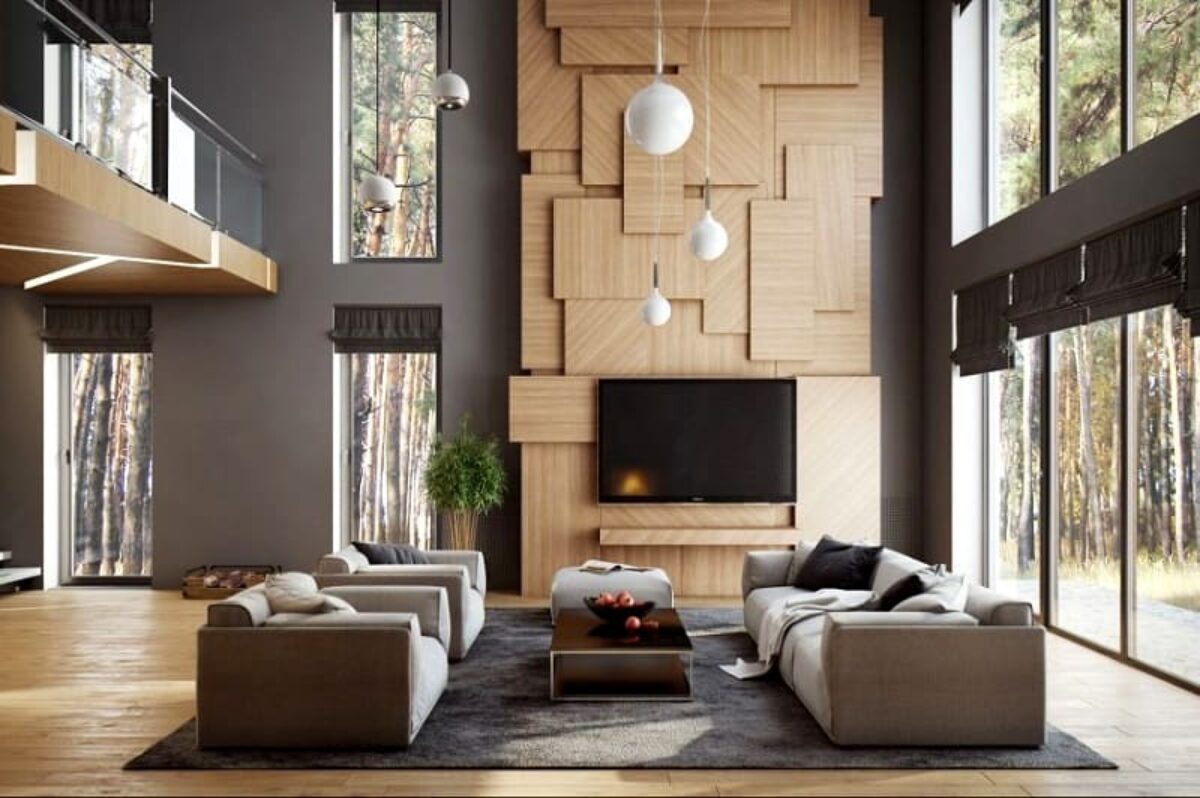
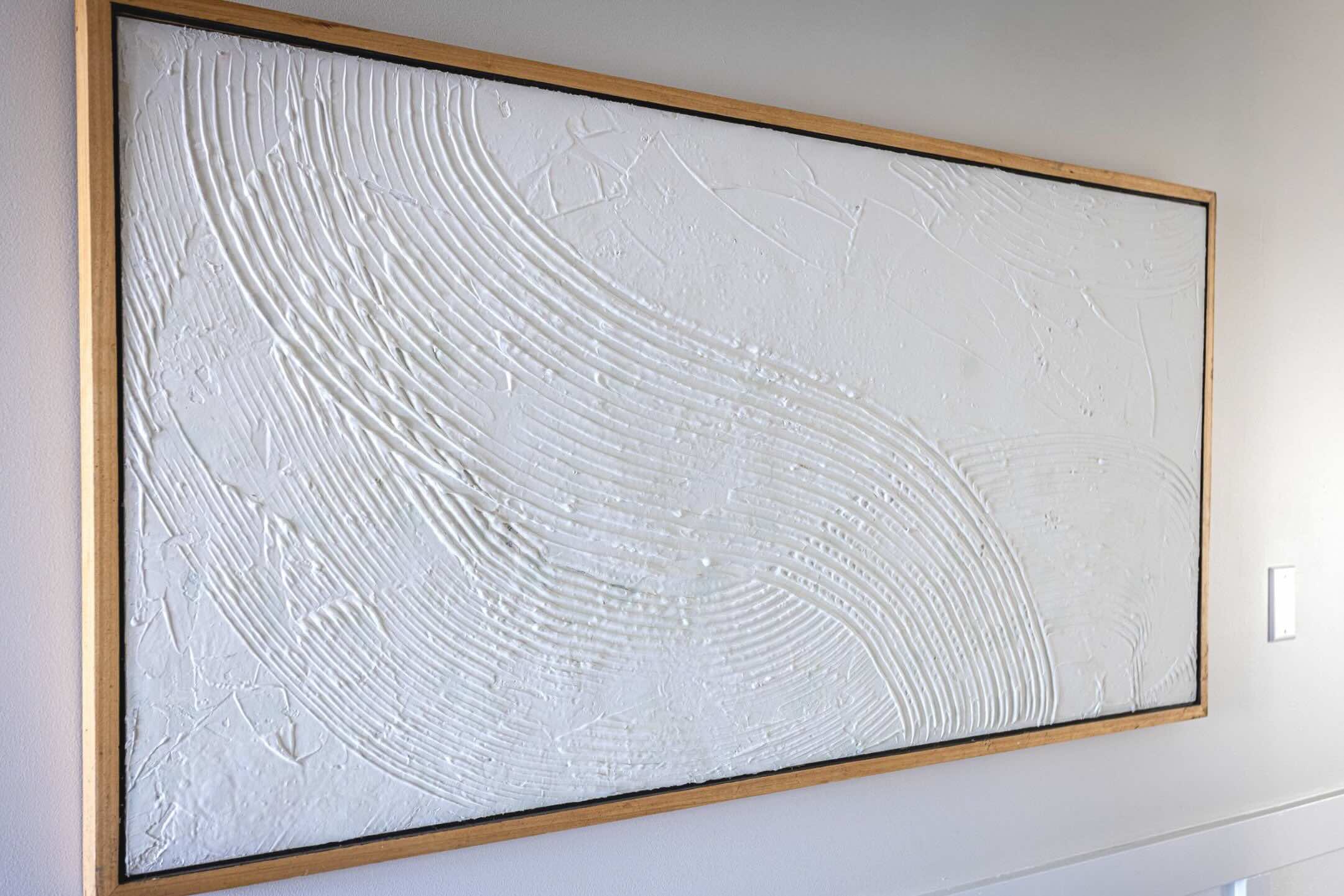
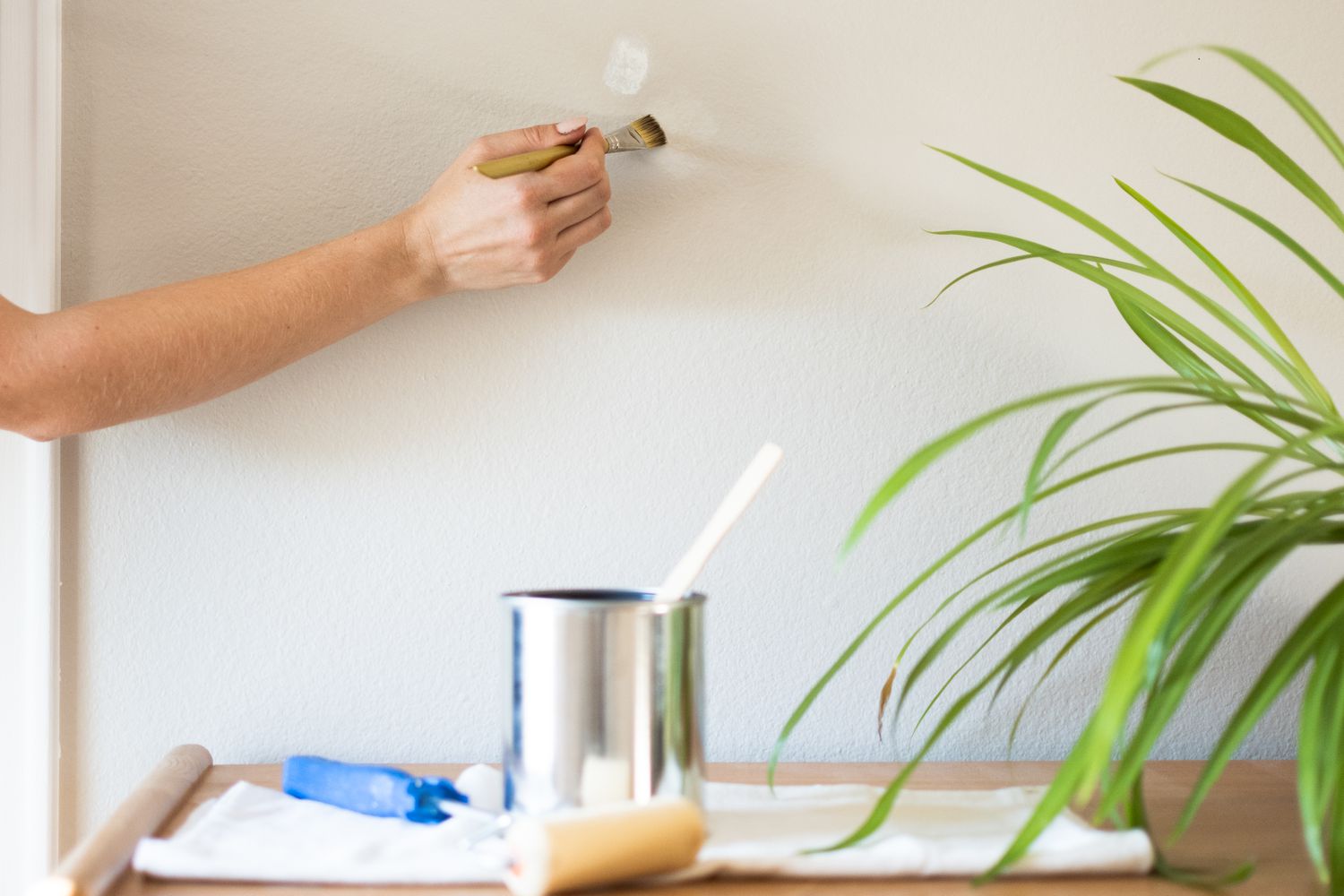
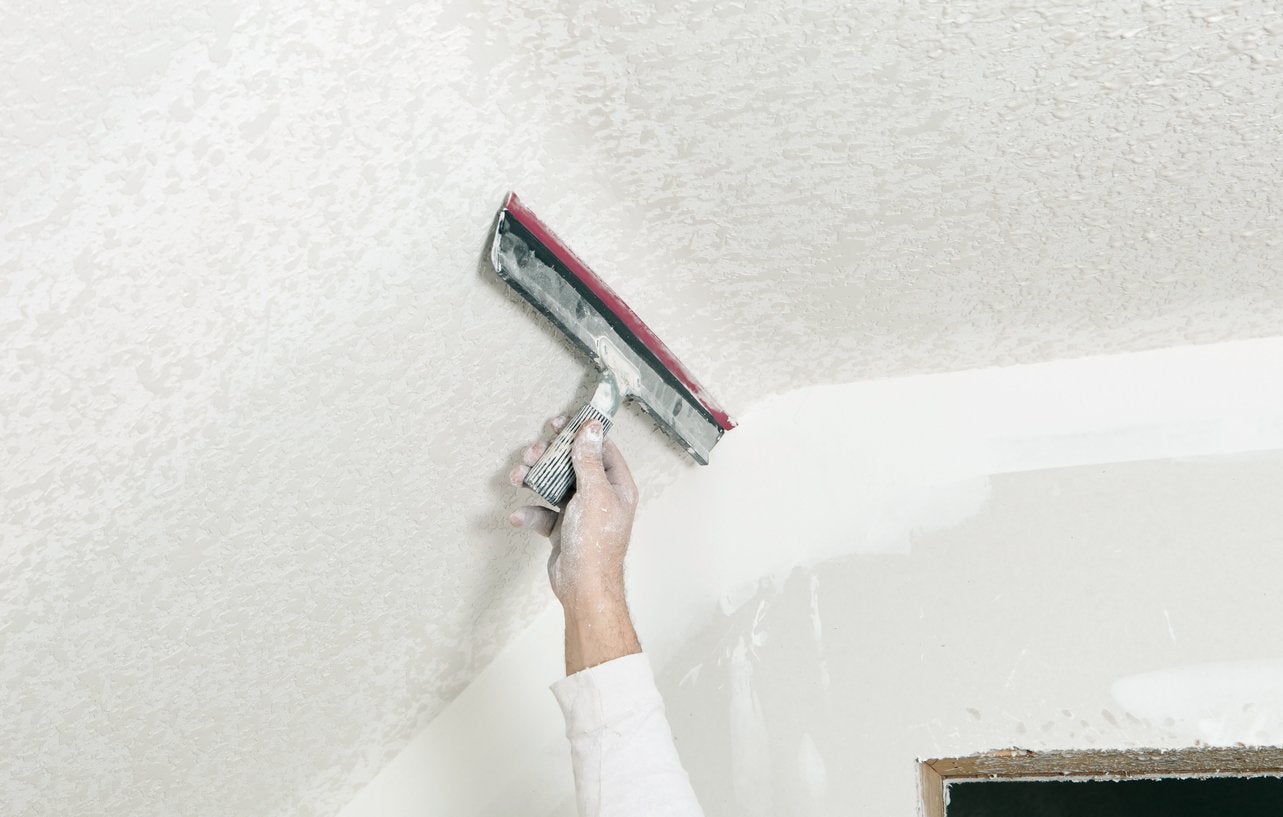
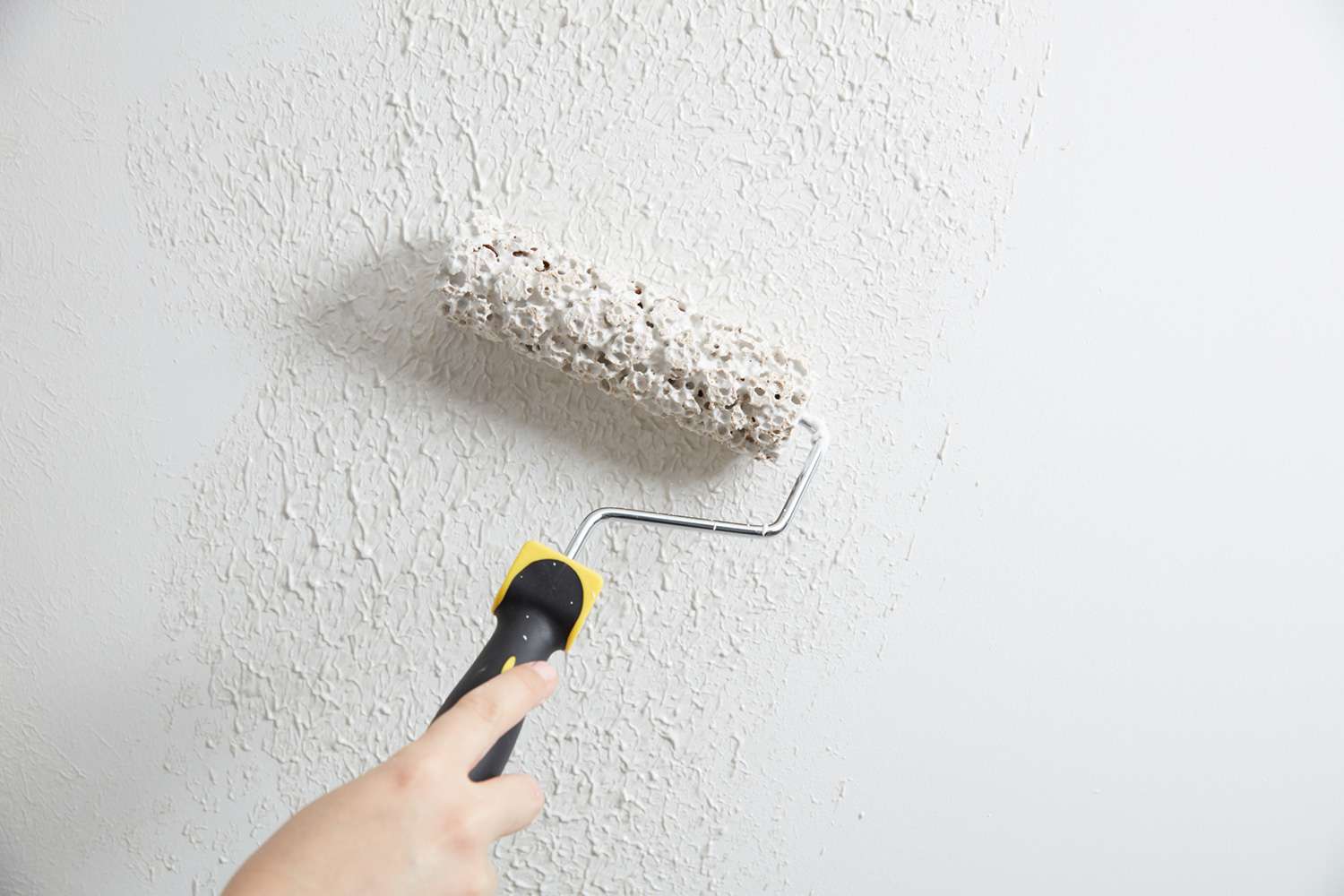
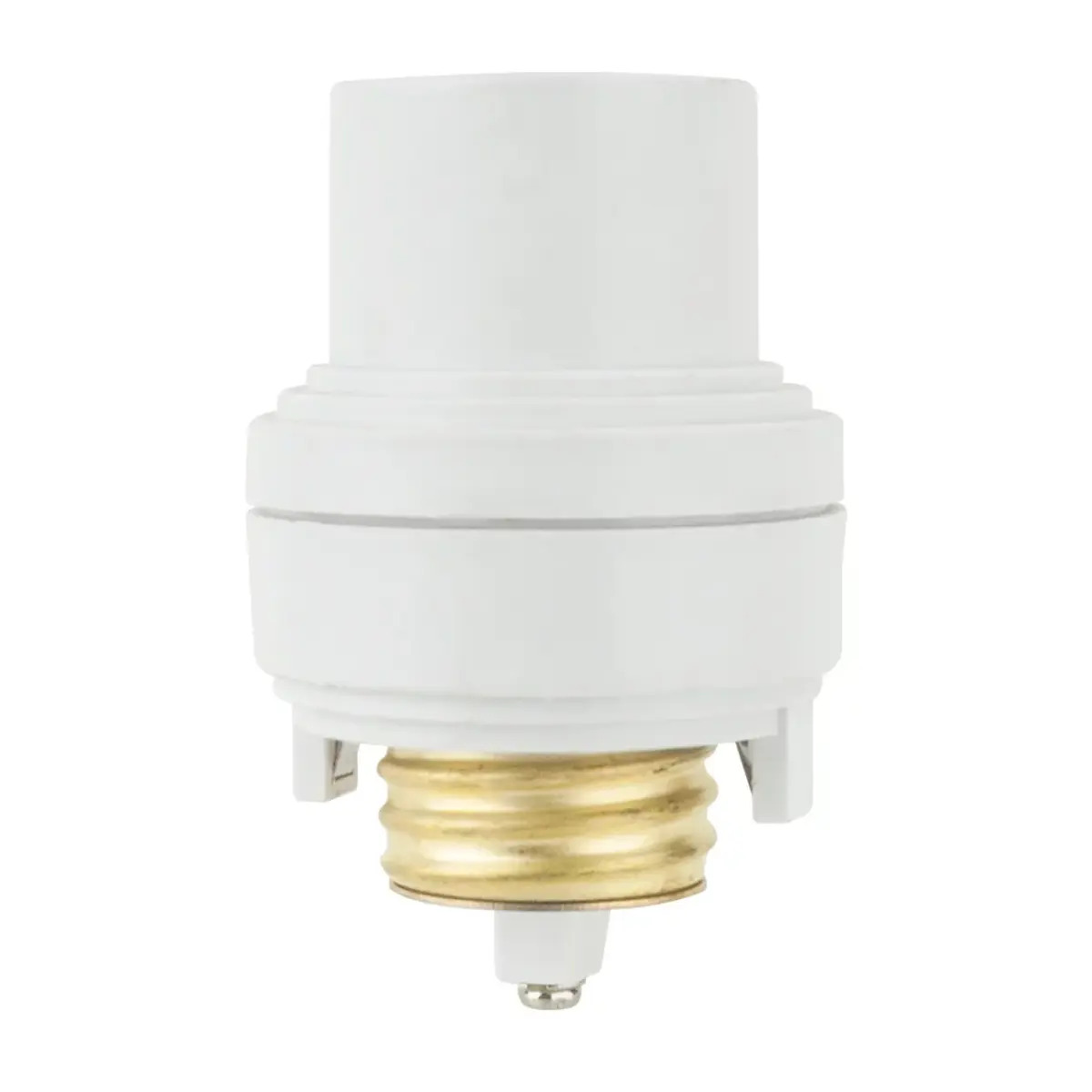
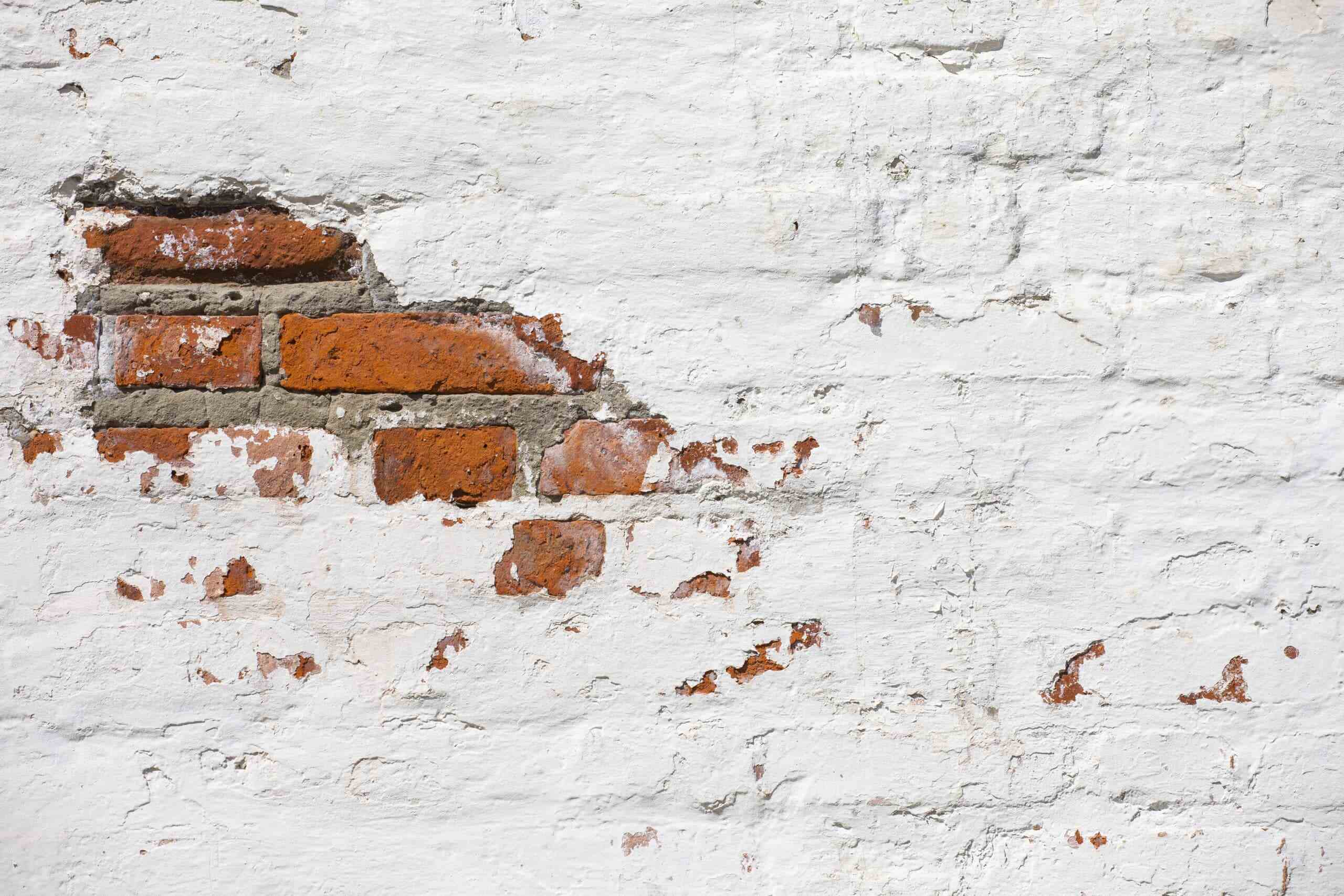
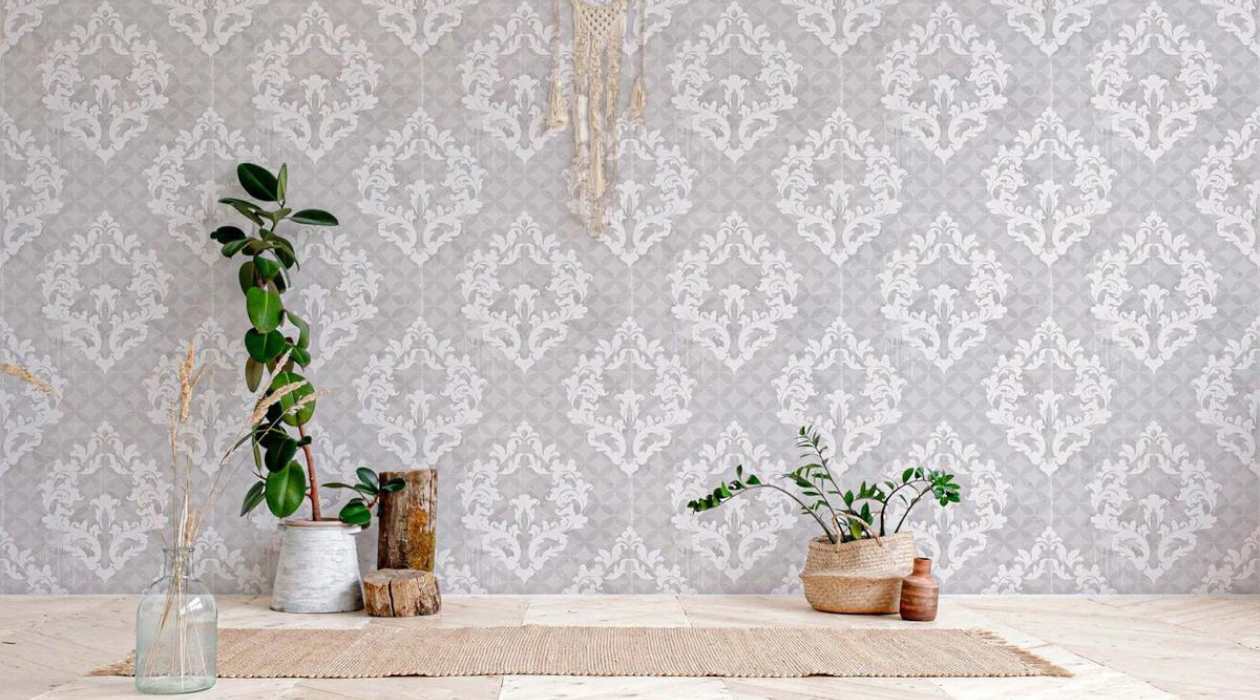

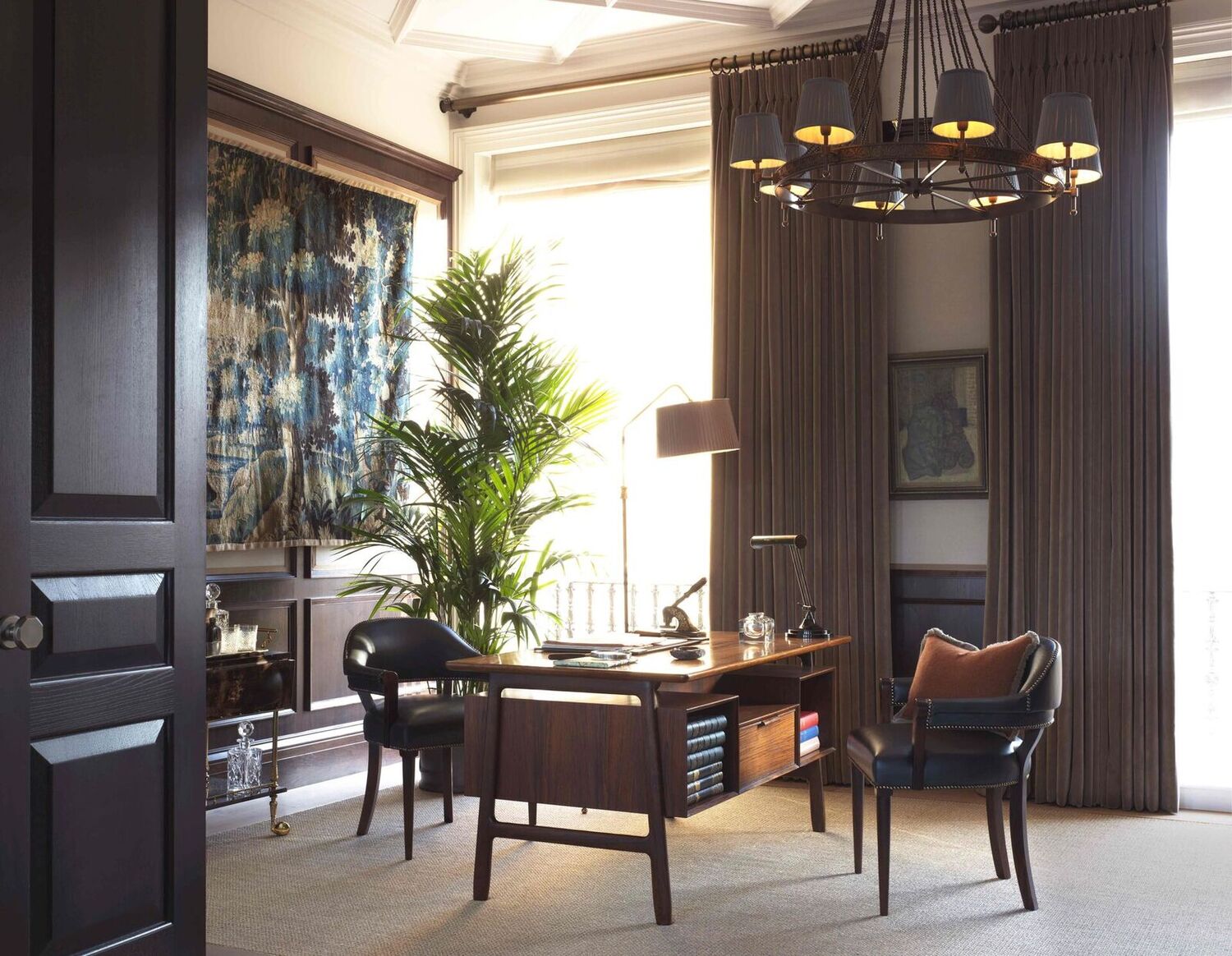

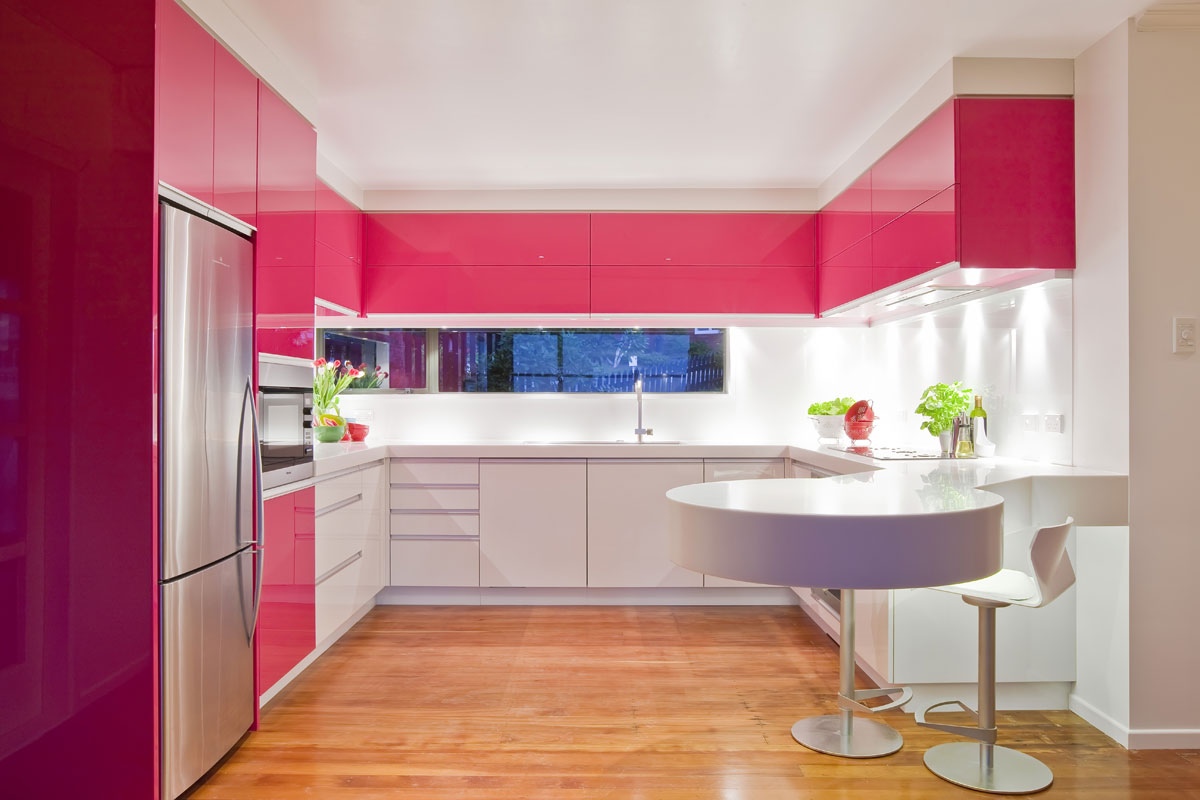

0 thoughts on “Textured Wall Ideas: 13 Surfaces To Reach Out And Touch”